Cleopatra's Needle Shrapnel Scars
This ancient Egyptian obelisk still bears the wounds of World War I.
In London, it’s not unusual to see buildings still marked by scars from the Second World War. During the major raids of The Blitz an estimated 18,291 tons of bombs were dropped across the city, and the destruction was extensive. In comparison, though London also came under attack from the air during World War One, less remains of the damage caused by those raids. Cleopatra’s Needle is one place where these marks from the First World War are still visible, though they play only a chapter in the Needle’s long history.
First erected in the Egyptian city of Heliopolis by the pharaoh Thothmes III in approximately 1500 BC, London’s Cleopatra’s Needle was originally designed to be part of a pair. Cut from granite in the ancient city of Syene (today known as Aswan), each obelisk was 69 feet high and weighed somewhere between 193 and 200 tons, with their lateral inscriptions added nearly two centuries later by Ramses The Great.
In 12 BC the pair were moved to Alexandria, the Royal City of Cleopatra. Eventually, they toppled but landed face-first in the surrounding sand, which had the effect of preserving most of the hieroglyphs. There they remained until 1877, when it was decided that they again be relocated. One was sent to New York to reside in Central Park, where it still remains. The other made its way to London, where it would shortly witness both World Wars.
The journey itself was not without incident, however, and the Needle bound for London was nearly lost during a wild storm in the Bay of Biscay. It had been decided that to transport the hulking obelisk it would be housed inside a purpose-built cylinder, 92 feet (28 meters) long and 16 feet (4.9 meters) in diameter, and then towed as a pontoon, complete with stern, rudder, two bilge keels, mast and deck house, behind a ship to London. This pontoon was staffed by a captain and five crew members.
Unfortunately, this design did not do well in the storm, as it began to roll in the waves and became uncontrollable. A rescue boat was sent out in an attempt to succor the crew of the obelisk ship, but sadly the rescue boat capsized, and its crew of six perished. The lost crew are now remembered with a bronze plaque on the pedestal of the London obelisk.
Miraculously, the captain of the ship towing the pontoon eventually was able to get his boat alongside the obelisk, and rescued the men aboard it. It was reported then that the pontoon and Cleopatra’s Needle were “abandoned and sinking”, but against the odds it was found four days later by Spanish trawler boats, still afloat and drifting in the Bay.
After repairs in Spain, it finally completed the rest of its journey to London, arriving in the city on January 21, 1878. It was erected where it now stands on the Victoria Embankment on September 12, 1878.
One might have hoped then that the drama was over for this fraught stone, but less than 40 years later, it was witness to the first raid on London by German airplane, a few minutes before midnight on Tuesday, September4 , 1917, and was hit by fragments of a bomb dropped in the nearby roadway. These scars disfigure the pedestal of the obelisk, the bases of the sphinxes that flank it, and the right hand sphinx.
It’s also interesting to note that when the obelisk was erected in 1878, the Victorians placed a time capsule beneath the Needle. In it are reported to be a selection of items including coins, newspapers, and photographs. Fantastic as it might be to imagine these objects, one can only hope no further incidents befall Cleopatra’s Needle and unearth them any time soon!
Know Before You Go
Cleopatra's Needle is located in the City of Westminster, on the Victoria Embankment near the Golden Jubilee Bridges. It is close to the Embankment underground station. After exiting the station, cross Victoria Embankment to the riverside walk and turn left. Cleopatra's Needle is clearly visible by the riverside.
The inscription and the majority of the damage is visible on the right hand sphinx viewed from the road.


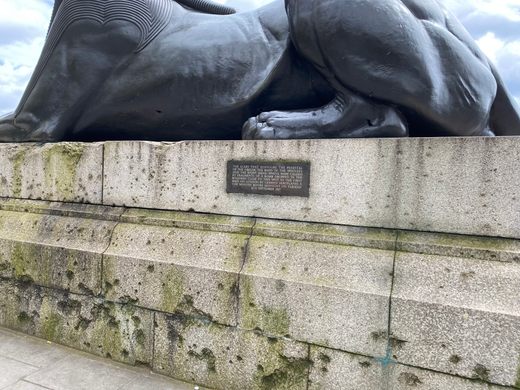
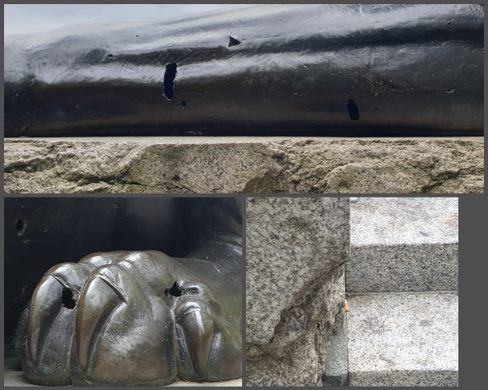








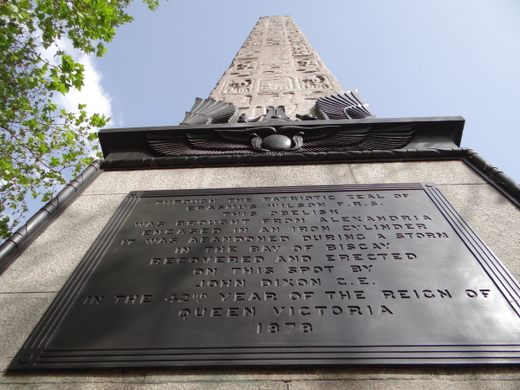
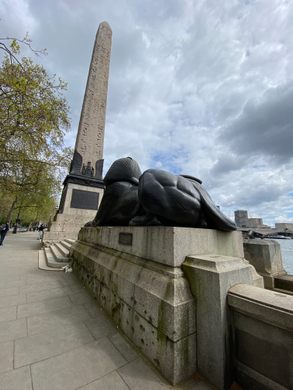
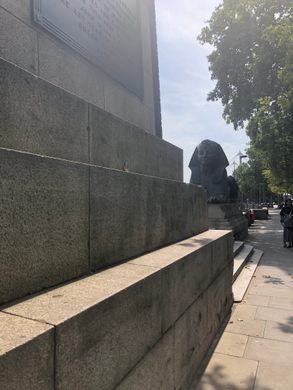















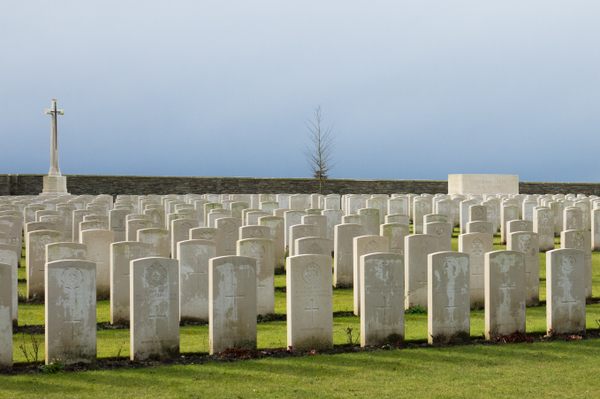
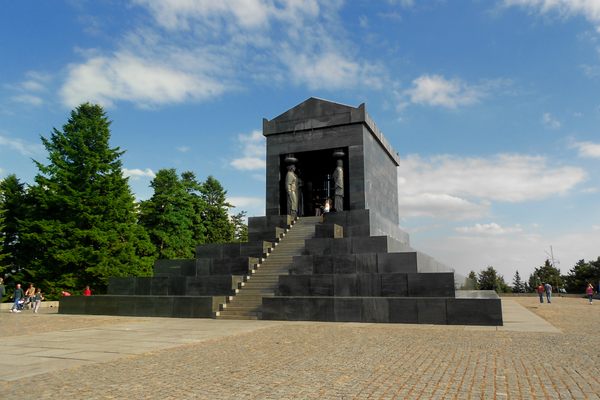
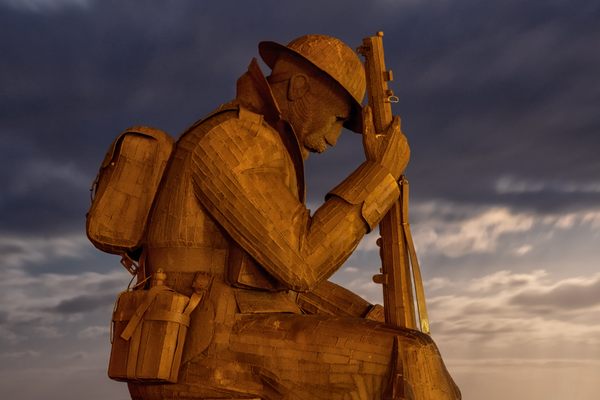


Follow us on Twitter to get the latest on the world's hidden wonders.
Like us on Facebook to get the latest on the world's hidden wonders.
Follow us on Twitter Like us on Facebook